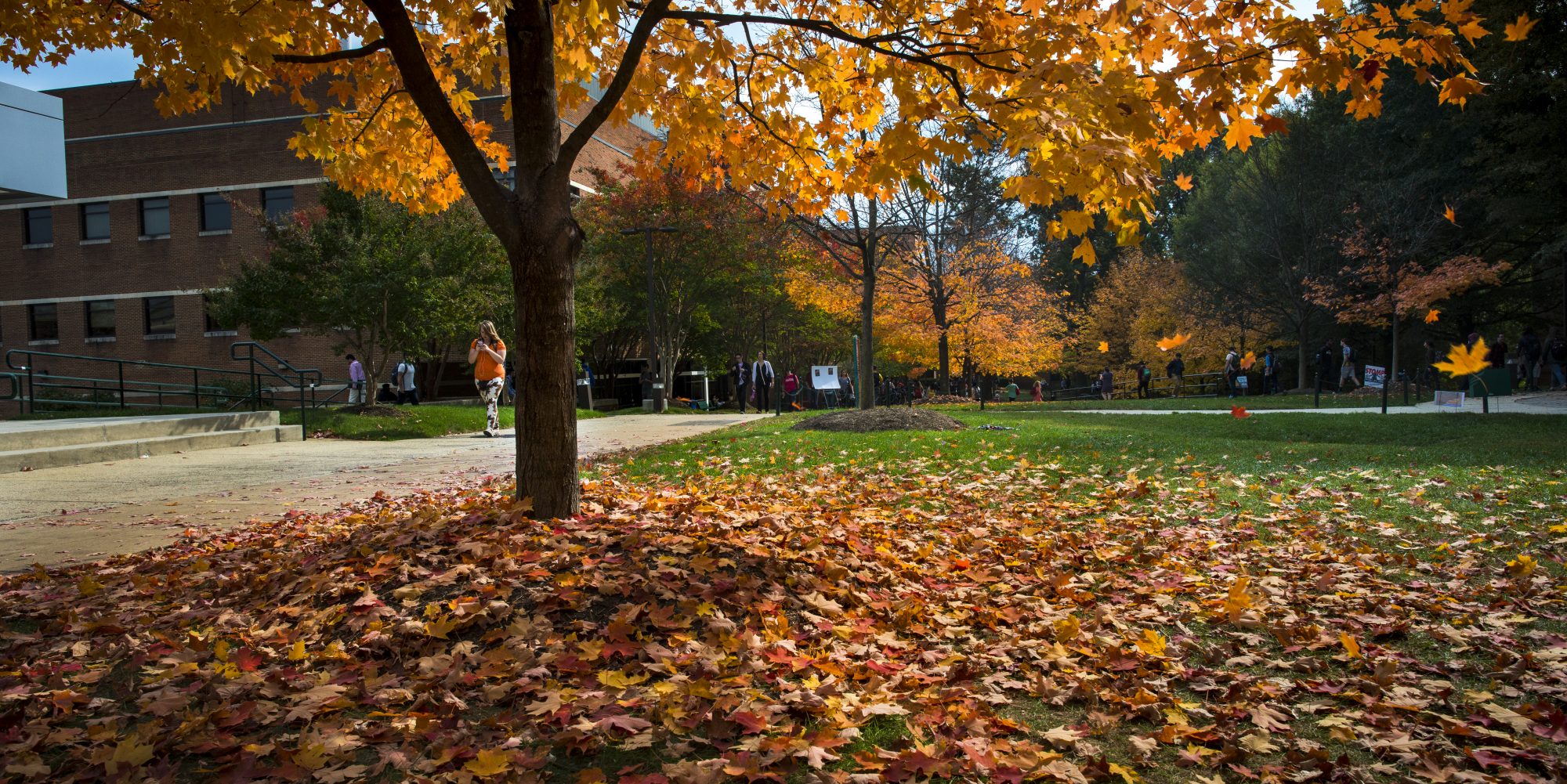Statement of Purpose
While pursuing my undergraduate degree in dentistry at The Oxford Dental College, Bangalore, India, my interest for Forensic Sciences grew. I was intrigued when I came across a chapter, on the significance of teeth and their remains in forensic science, in the textbook of “Oral and Maxillofacial Radiology”. This chapter in the final year of my studies, added to my initial interest in this field, which had developed during my childhood when I would read the fictional books such as Sherlock Holmes and Robin Cook on crime, investigation, analysis and justice.
This fascination for the discipline led me to enroll myself into a yearlong certification course in Forensic Odontology, held by International Forensic Sciences(IFS), Maharashtra, India, and I successfully completed it during my internship at dental school. A forensic odontologist also known as a forensic dentist, is the one who identifies, assesses and analyzes the teeth, jaws and the surrounding maxillofacial structures in the deceased or living, in order to prevail justice over the innocent and convict the guilty. Forensic dentists play an important role in mass disaster and catastrophic situations as teeth are the anatomical structures to decompose in the last in case of deceased individuals. This characteristic possessed by the teeth, is most useful in extracting the DNA, evaluating and comparing ante mortem with post mortem records and in enabling one to identify an individual based on oral findings.
The program of forensic science and criminology at George Mason University is ranked 17th in the country, apart from being one of the pioneers in offering the concentration in biometric analysis for graduates. With the knowledge I am able to gather from what my professors teach me, I have great opportunities ahead of me in the future for internship, in the private and government forensic agencies either to work in the lab or in the field in the areas like Northern Virginia and Washington D.C., which would help me gain much more practical knowledge in different techniques to resolve the cases with the emergence of new qualitative and quantitative tools and techniques researched and developed in the biomedical centres.
I am currently studying at INTO Mason in the accelerated graduate pathway programme, where I get to improve my critical and analytical thinking skills as well as my academic writing skills. Basic crime scene analysis, a course that I have registered myself for this semester, has been very interesting because of the mock crime scene practicals and the forensic services tour to the Prince William Police Station held during these five months.
With a rise in the crime rates, methods used to commit the crime in each case, the skill with which the offenders get away, the mode of equipments they use, methods and tools or the equipments an investigator uses for analyzing, thinking critically to solve each case is so different and captivating. Not only do humans have to be the offenders in crimes, but animals too may be a part of it. And for forensic investigation, the investigation can also be of a misfortunate incident, which might demand the identification of the deceased with an investigation of the incident due to natural disasters or due to the problem in the equipment.
The spectrum of subject for study could be of child abuse, rape with an inclusion of juvenile offender, theft, murder, strangulation, poisoned bite of an animal, involvement in prostitution and commitment of any other anti- social kind of behaviour. Technologies used in Forensic sciences are based on the principles of biology, chemistry and mathematics as in the areas of analyzing 1) drug testing – in analyzing the drug used by studying the teeth, body fluids and any other residue available, eg: marijuana, 2) Phenomsem – to analyze the gun shot residue particles, 3) alternative light photography – to detect the gravity of damage done to the body, 4) digital surveillance for gaming equipment – to collect the confidential data of the users 5) facial reconstruction – to determine the appearance of victims who are too decomposed or damaged and to make a visual identification with the possible information regarding the physical appearance collected and deduced , 6) DNA sequencing in identifying the unique pattern of DNA in identifying the person and fingerprint identification,
When I read about the abstract of the study of ‘Forensic body fluid identification and differentiation by Raman spectroscopy’ (2016, Elsevier Vol 1), where the authors mention that there are techniques to identify only one body fluid at a time and some of the biochemical methods with these techniques used are destructive enough to change the arm of investigation and analysis, whereas the usage of Raman Spectroscopy, to identify various different body fluids and peripheral body fluids like saliva, blood, semen, vaginal secretion, sweat can be helpful in arriving at one single non-destructive, universal and confirmatory approach, I found this to be competitive, enticing set out and was in awe of the research, proposal of reliable techniques and the remarkable developments happening in this field of science.
During my master’s programme, the information which I receive by following the scholarly papers presented by the other scholars of George Mason, about the survey and research conducted on various different issues in the field of forensic, can be a guiding light and can help me in my further studies in the much needed discipline. But, without the guidance of my advisor and professors, to guide me in my chosen discipline, it is practically impossible for me to get to have the experiential practical knowledge of the nuances of the ever evolving discipline to achieve better.
